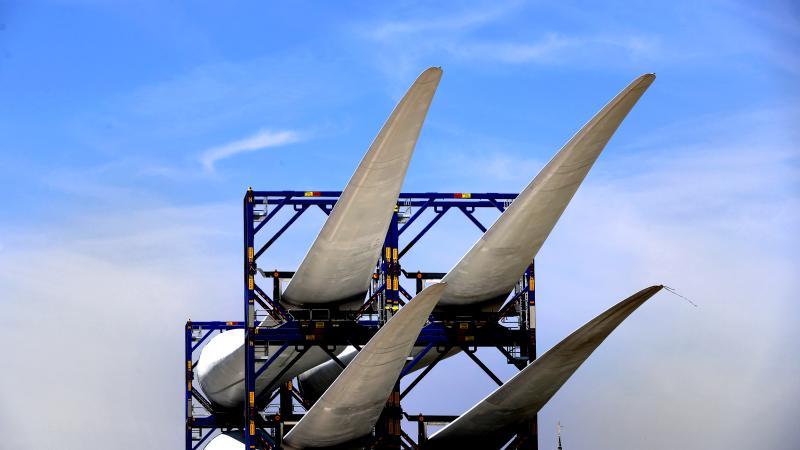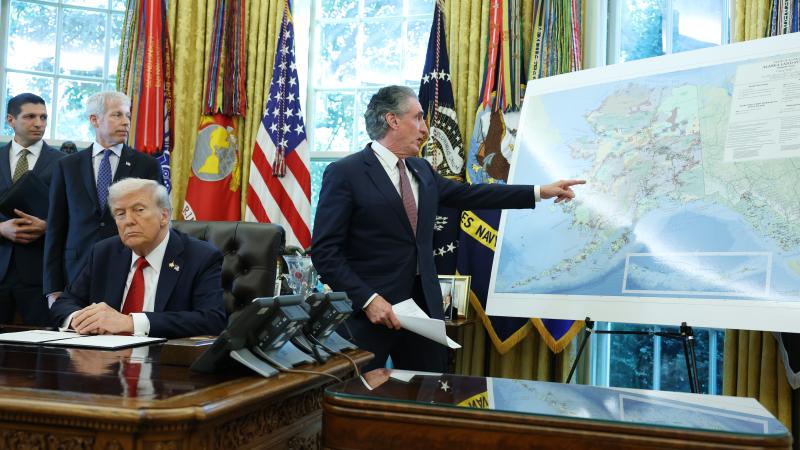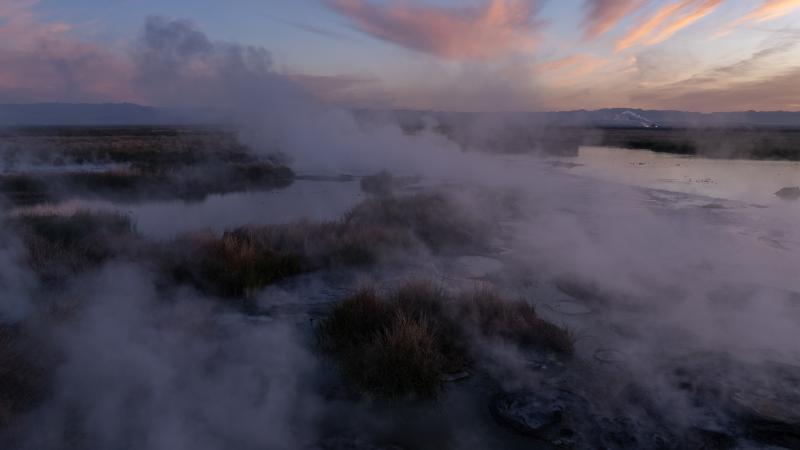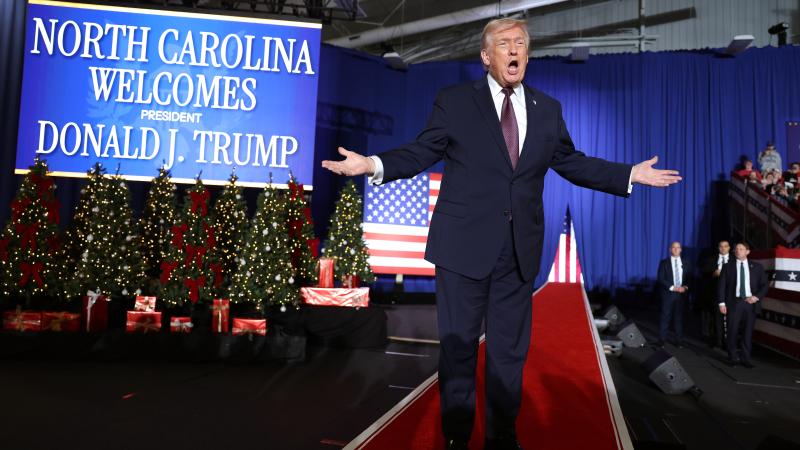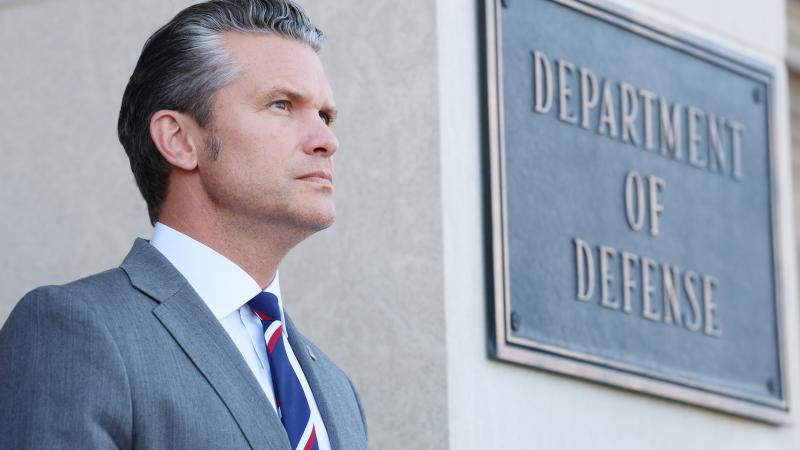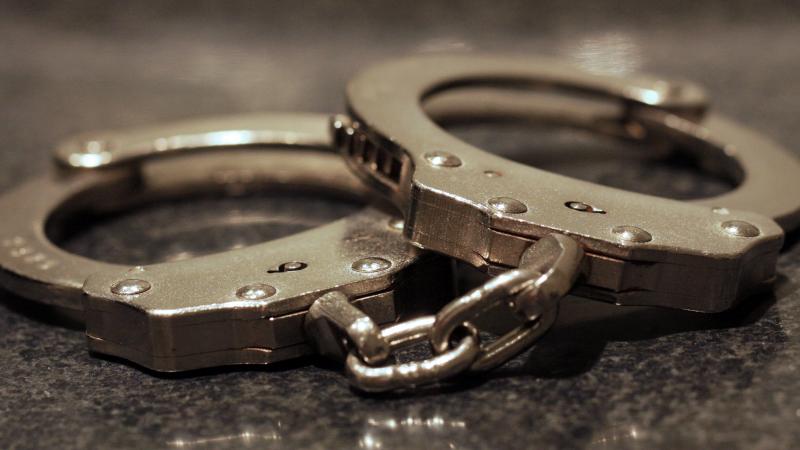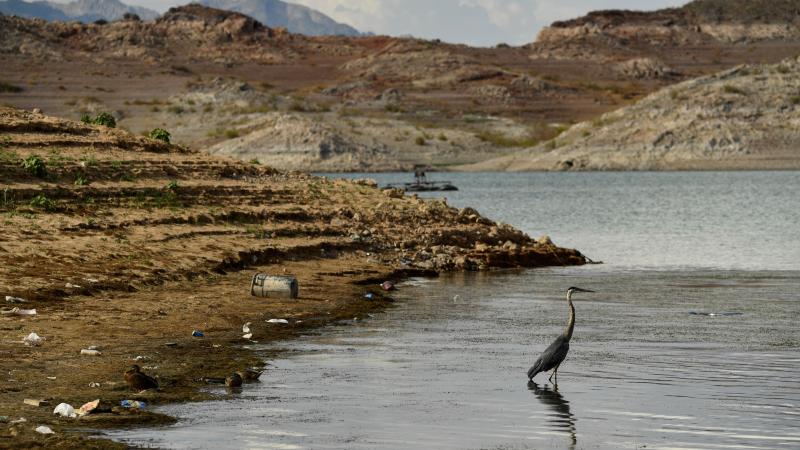Trump charts new path for energy, while some states hope to stop local opposition to renewables
The wide open spaces of rural areas are attractive for renewable energy developers, but local communities haven't been welcoming. Many states want to take permitting decisions away from local jurisdictions.
President Donald Trump last month froze billions of dollars the Biden-Harris administration was pouring out to renewable energy projects. Despite the widespread claim that wind and solar power are the cheapest forms of energy, the legacy media screamed that the funding freeze put renewable energy development in jeopardy.
While a federal judge temporarily blocked the order, before the Trump administration rescinded it, some reports, such as the one in the New York Times argued that Republican districts will be hit the hardest by Trump’s move. This is based on data from the “Clean Economy Tracker,” which shows most of the money pouring into rural districts.
It’s not surprising that rural areas would be the location for many renewable energy projects, as wind and solar are some of the most land-intensive forms of energy. This makes acreage-rich rural districts, whose residents tend to be conservative, attractive for renewable projects.
However, the people living in those districts have not been welcoming of the rapid industrialization of their neighborhoods. The Renewable Rejection Database, a project of energy expert Robert Bryce, has been tracking rejection of wind and solar projects since 2015. After a decade, the database has tallied 775 renewable energy projects shot down as a result of community opposition.
A study by Columbia University’s Sabin Center for Climate Change Law published in June concluded that local opposition is becoming the primary impediment to the renewable energy industry’s ability to build out wind and solar farms across the country.
Central control
Some states have sought to limit local control in order to push through projects without local ordinances and zoning restrictions blocking them. Among the strictest is a Michigan law passed as part of its goal of reaching 100% renewable electricity generation by 2040. Opponents have been striking at the law ever since it passed. Kevon Martis, a Michigan resident, helped organize an initiative to overturn the law, which didn’t get enough signatures to get on the ballot.
“They're hoping to concentrate power and take it away from these local communities. They’re really holding on to that. In my mind, it’s giving these massive, in many cases, foreign corporations, often fossil fuel corporations, the ability to build these projects wherever they want, with regulations that have no basis in sound science with respect to setbacks or noise limits,” Martis told Just the News.
Under Public Act 233 if townships and counties wanted to have a zoning process for approving wind, solar and battery facilities, they couldn’t have ordinances more stringent than the state’s rules defining setbacks, noise limits and other requirements of the projects. In exchange for this, the townships would be eligible for some compensation. Then, the Michigan Public Service Commission released rules that prohibit townships and counties from having any regulations incompatible with state law.
In November, seven counties and 72 townships filed a lawsuit, arguing the Michigan Public Service Commission exceeded its authority with the rules. Renewable energy proponents are not happy about the litigation. Heatmap, a publication that advocates for the wind and solar industry, warned that the lawsuit “threatens Michigan’s permitting reform law.”
In the November election, Michigan’s House flipped Republican, and GOP legislators filed two bills seeking to return more authority to the local governments.
“These bills send a clear message: Michigan communities should not have to rely on appointed state bureaucrats who think they know better deciding where renewable energy facilities should be located in individual unique communities. One size does not fit all,” Michael Homier, shareholder with Foster Swift, said in a statement.
Martis said in an interview that the bills enjoy plenty of support from Republicans in the House. How they’ll fare in the Senate is uncertain, but even if the legislature passes the bills, they will land on Gov. Gretchen Whitmer’s desk, who championed the law limiting local control.
“We certainly would hope she would see the harm her legislation has done to these rural communities. But, you know, we don't hold out high hopes at this point. We're very pleased that the Republican legislators in both houses are firmly committed to repealing this monstrous law,” Martis said.
Nationwide effort
New York and Illinois, as well as other states with 100% carbon-free energy goals, have limited local control to block community opposition from getting in the way of net-zero plans.
During its session this year, the Virginia legislature considered two bills limiting local control. The state’s lawmakers let one of the bills die before deadlines, but one more remains. That bill, according to the Farmville Herald, removes language from state statutes that allow solar projects to be permitted by local governments. This would effectively work like Michigan’s law, requiring local ordinances to be in line with state regulations.
Indiana has a voluntary law that provides general information about renewable development. Communities that implement policies friendly to renewable energy development receive incentive payments for projects that come online.
Some state lawmakers, however, are seeking legislation that would limit renewable energy development. A bill in the Oklahoma legislature restricts how close wind farms can be to airports, schools and hospitals. A bill in Arizona would limit how close a wind farm can be to someone’s property without their consent.
Opposition to renewable energy might grow, too, as a result of safety concerns from energy storage facilities. The Renewable Rejection Database doesn’t track opposition to lithium-ion battery stations, but high-profile fires from these facilities are generating community concerns. Opponents to a battery facility near Santa Fe, New Mexico, cited a fire in Moss Landing, California, in arguing against the facility. The Santa Fe County Planning Commission last week, according to New Mexico Political Report, voted 6-1 to approve the project.
Martis said that renewable energy projects will face this kind of opposition wherever they are built, and writing laws that force “highly objectionable land uses” on communities that don’t want them is “sociopathy.”
“The problem is these things are so big and require so much ground, but there's no equitable way to cite these things in a way that can bring peace. That's because wind and solar energy are incredibly diffuse, and they require massive arrays of devices to harvest that energy, which is a long-term inefficiency for renewables. That can never be corrected. And so these fights will never go away,” Martis said.
The Facts Inside Our Reporter's Notebook
Links
- widespread claim
- legacy media
- put renewable energy development in jeopardy
- federal judge temporarily blocked the order
- New York Times
- Clean Economy Tracker
- land-intensive forms of energy
- whose residents tend to be conservative
- Renewable Rejection Database
- Robert Bryce
- local opposition is becoming the primary impediment
- Michigan law
- Public Act 233
- filed a lawsuit
- threatens Michiganâs permitting reform law
- Michael Homier
- said in a statement
- have limited local control
- according to the Farmville Herald
- voluntary law
- restricts how close wind farms
- bill in Arizona
- high-profile fires
- these facilities
- cited a fire in Moss Landing
- according to New Mexico Political Report

